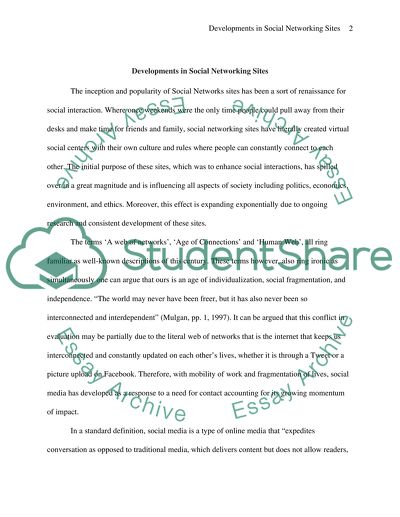Cite this document
(“Developments in Social Networking Sites Essay Example | Topics and Well Written Essays - 1750 words”, n.d.)
Developments in Social Networking Sites Essay Example | Topics and Well Written Essays - 1750 words. Retrieved from https://studentshare.org/information-technology/1440085-current-developments-in-social-networking-sites
Developments in Social Networking Sites Essay Example | Topics and Well Written Essays - 1750 words. Retrieved from https://studentshare.org/information-technology/1440085-current-developments-in-social-networking-sites
(Developments in Social Networking Sites Essay Example | Topics and Well Written Essays - 1750 Words)
Developments in Social Networking Sites Essay Example | Topics and Well Written Essays - 1750 Words. https://studentshare.org/information-technology/1440085-current-developments-in-social-networking-sites.
Developments in Social Networking Sites Essay Example | Topics and Well Written Essays - 1750 Words. https://studentshare.org/information-technology/1440085-current-developments-in-social-networking-sites.
“Developments in Social Networking Sites Essay Example | Topics and Well Written Essays - 1750 Words”, n.d. https://studentshare.org/information-technology/1440085-current-developments-in-social-networking-sites.


